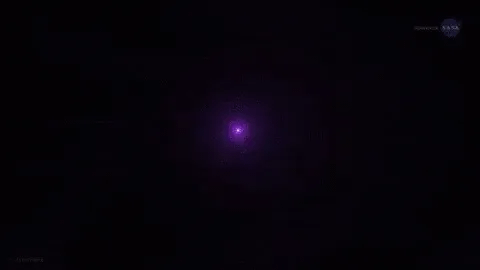It is impossible to travel faster than the speed of light, and certainly not desirable, as one's hat keeps blowing off. - Woody Allen
Greetings, fellow Bohron
When we are born, we want to stand. When we are able to stand, we learn how to walk. Once we start walking, we wish we could run. And when we become expert runners, we want to push our limits and achieve the maximum attainable speed. The universe puts a red light at a velocity of 300,000 km/s. They say no matter how hard we try, we can’t surpass this universal speed limit. Or can we?
Einstein and Relativity
In 1905, Einstein’s gifted the physics world with the special theory of relativity. Special Relativity (SR) established the constancy of the speed of light, denoted by ‘c’. He postulated that we could not outrace a beam of light. But what happens when you travel at the speed of light?
According to SR, a moving rocket suffers length contraction and time dilation. The mass of the moving rocket increases as well. At the limit of the speed of light: time dilates so much that the clocks stop ticking, the dimensions of the rocket are compressed to nothingness and the mass becomes infinite.

I know this doesn’t make sense at all. This is why Einstein ruled out the possibility of outracing a light beam.
Loopholes in Einstein’s Theory
In 1915, Einstein formulated General Relativity. GR postulates that spacetime fabric can be curved. The distribution of matter and energy in it exerts a gravitational force which can produce distortions. Hence the spacetime fabric can stretch or shrink. This can provide us with a way to travel faster than light.
We can use two strategies to achieve this near-impossible task:
Stretching
There is a way to move at very high speeds without even moving by the deformation of the space around you. By stretching the space behind
you and contracting the space in front of you, you can traverse interstellar distances within seconds! Although you haven’t moved at all, it will seem that you are travelling at a very high speed

Stretching and Contraction of spacetime. Source Ripping
A wormhole is a hypothetical structure that connects two distant points in the universe via a tunnel.
It is theorized that if a sufficiently high gravitational field is present in a region of the universe (for example in the case of a black hole), the spacetime fabric will be torn apart. This creates a “hole” in spacetime, known as a wormhole, through which we can travel to distant places in the universe within seconds.

The wormhole distorts the space-time sheet so much that a tunnel is formed that connects two distant points in the universe. Source
2 Natural Phonomena That Currently Break the Speed of Light Barrier
Big Bang
“Nothing” can travel faster than light means that no material object can surpass the light speed barrier. However, empty space can certainly expand faster than light. Most physicists consider Big Bang to be the origin of our universe. Since the universe was “nothing” or a vacuum before the big bang, it could break the light barrier. Calculations confirm this speculation.

The universe started with a bang. Source Quantum Entanglement
When a pair of subatomic particles are entangled, affecting the properties of one of them instantly affects the properties of the other. This is true even if the particles are light years apart. This bizarre phenomenon is known as Quantum Entanglement, described as “spooky action at a distance” by Einstein.
Since here, information travels faster than the speed of light, Einstein thought that this was impossible. However, each time experiments on entanglement have been performed, Einstein has been proven wrong. But hold on, there’s a catch. The information here is random and hence useless. We can’t use this method for sending some code at the speed of light.

Here two atoms are shown to be entangled. The line connecting them is just for visual purposes. Source Physicists suggest that perhaps there is one more way to outrace a light beam: by the application of the hypothetical negative matter. How can we use negative matter to stretch or rip apart the space? We will find this out next time.
Sources:
Ch 11 - Faster Than Light, Physics of the Impossible, Michio Kaku
4 Things That Currently Break the Speed of Light Barrier - Big Think



